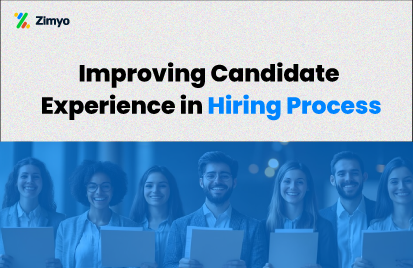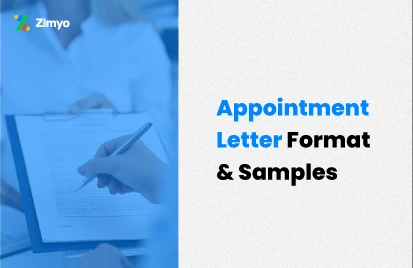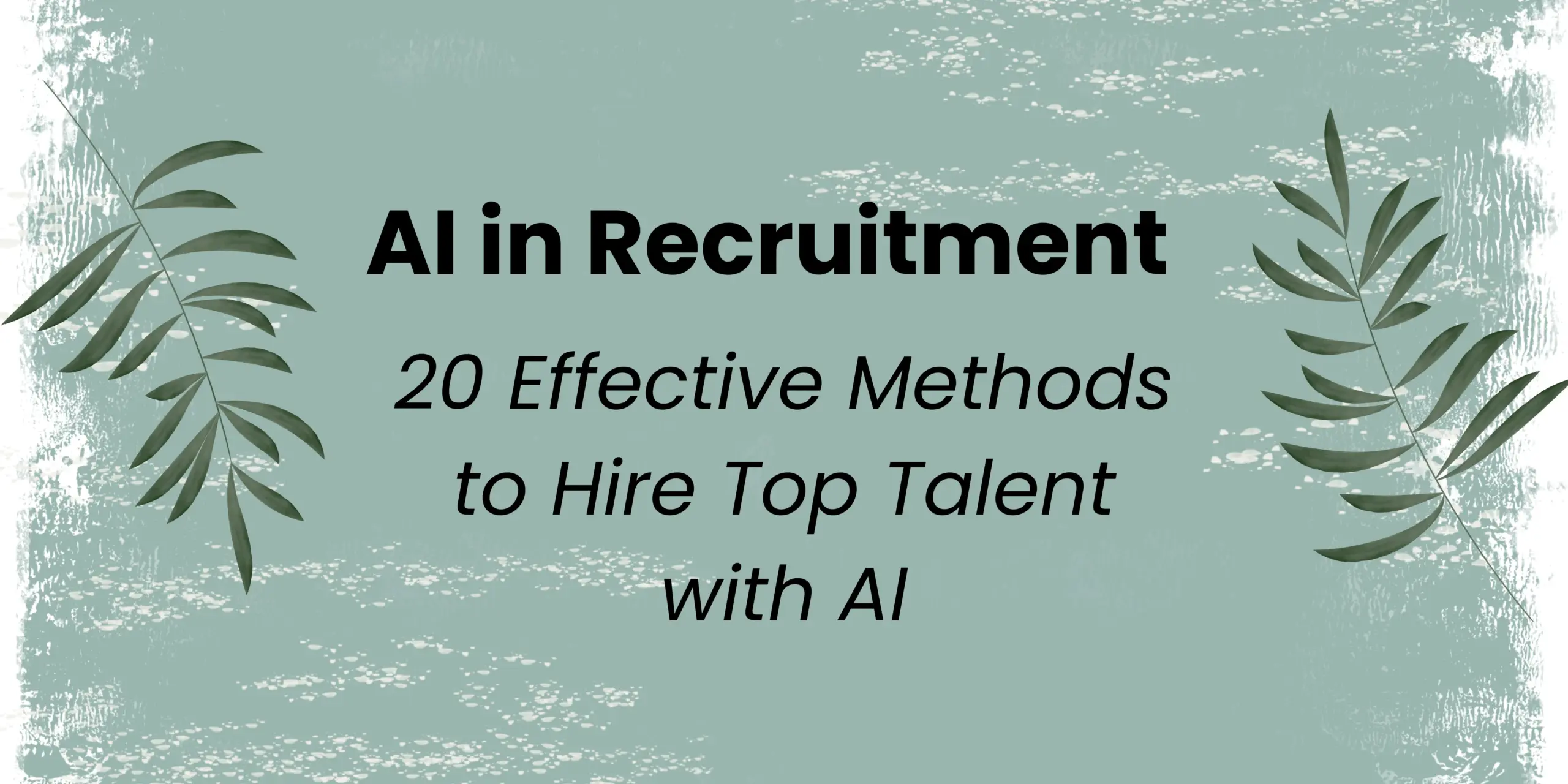Whether it’s a small startup or a big enterprise with several employees, every organization needs to have a robust recruitment plan. Every organization has this one vision- to hire the best talents. And this one objective makes it complex to hire and retain the best talents in the industry. Recruitment is a complex process, as hiring the wrong person can cost an organization lots of effort, resources, and money. Therefore, it is imperative to choose a candidate that best suits the job and has a great set of skills and expertise that can prove beneficial to the organization in the long term.
Thus, we can say that developing a proper recruitment plan that will help you to streamline the hiring process. It helps the HR managers focus their efforts and resources on the most useful hiring strategies for their team.
A strategic recruitment plan is not useful for just filling the job vacancies. It is important also because poor decisions taken during the recruitment process can be a disaster. In this article, let us discuss how to develop a great recruitment plan for your organization.
What is the Recruitment Plan?
The recruitment plan is nothing but a pre-arranged strategy for hiring employees for your organization. This acts as a timeline for companies to find qualified and efficient applicants without causing downtime for the organization. Also, a proper recruitment plan identifies the goals to fill a particular position.
Steps to Develop a Recruitment Plan
The process of your recruitment should be clear and well-defined. A recruiting plan should revolve around the most important elements of connecting with and hiring the ideal applicant. The hiring professionals must use a basic outline to compile various information about each vacancy. One can modify the recruiting plan as per the needs of the business. Follow the below-mentioned steps to develop a recruitment plan to level up your recruitment strategy or hiring strategy.
1. Revise Your Job Descriptions
To hire candidates who can adapt to the ever-changing business environment, you need to develop a solid job description. The job description should be revised from time to time so that it accurately reflects the duties, challenges, and requirements of the job. It is necessary to get inputs from people who are currently doing the job and double-check the same with their supervisors so that it will evade any confusion and show directly what the job would look like on paper.
2. Conduct a Skills Gap Analysis
A skill gap analysis is really important to ensure that your staff meets the criteria for the requirement of your business demands. But the question that arises now is that what is meant by skill gap analysis? It is nothing but a technical way of asking yourself a question, i.e, whether or not your people can perform their jobs. Try to figure out the skill requirements you will want your candidates to have in the next six months. It is important to prioritize the needs before trying to add staff to an area that won’t be required for a year or more.
3. Visualize Your Hiring Activity
A skill gap analysis does a great job in providing you with a general idea as to how many new hires you will be needing to cover the gaps. Productivity metrics, on the other hand, tells how many more employees are required to achieve your goal. You should also remember to ask your human resources department and hiring teams for their inputs regarding the same.
4. Use the Right Recruitment Tools
Recruitment tools can prove to be of great help to streamline the process of your recruitment process. What is the recruitment process and how can a recruitment tool help you with it? Right from creating a job description, posting it on various platforms to onboarding the newly hired, this recruitment tool will prove to be of great help and reduces the manual work you need to put into the same job to a great extent. An Applicant Tracking system is one such recruitment tool.
What is an Applicant Tracking System?
An Applicant Tracking System or ATS is a great tool that helps you automate your entire hiring and recruitment process. An ATS does this by increasing collaboration between recruiters, hiring managers, and candidates within the organization. The applicant tracking system does great help in streamlining the recruitment process and can be used from the start to end of the hiring process.
5. Set up a Recruitment Budget
Now that you have gone through all the steps in the recruitment process, calculating the budget is the next stage. In this stage, you need to calculate your cost-per-hire and the yield ratio of the recruiting. Planning a recruitment budget helps you in forecasting and establishing all the parameters rights from the job boards that you are using, to the sourcing methods and the approach you have towards an interview. This step should be finalized after discussing it with HR leaders and the company leaders. This way, everything will go as per the plan.
6. Revamp Your Hiring Process
Evaluating your recruitment plan is important and you should never miss out on this. For this evaluation, you can use the basic survey tools, feedback forms, and personalized one-to-one interactions to gather information as to how the recruitment plan is working. These inputs should be received from the candidates who have already attended the interview. Because they will be able to help you figure out the steps you might need to improve your hiring process. Lastly, do not miss or hesitate to rectify your mistakes or change your hiring patterns before the next recruitment plan.
Conclusion
Drafting a recruitment plan might require a lot of time and proper insights. But, once it is drafted it will offer great benefits to your organization. Recruiting an inefficient person for a job might prove to be very costly. Thus, make sure the best people are hired in your organization by drafting a great recruitment plan.
Also Read: The Future of Recruitment Management: How to hire the right people for the right job




